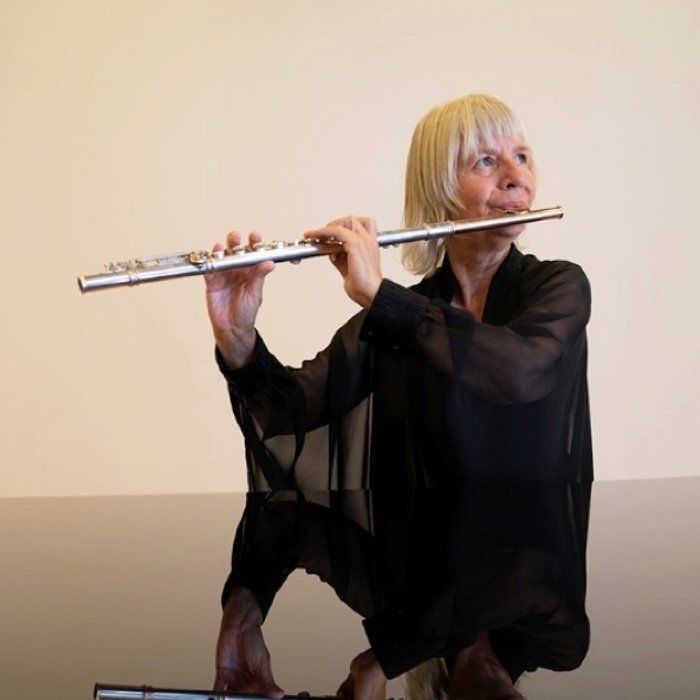EROS ANDTANATHOS
A piano, flute, and recited voice concert recital performance, is born twice with both parts of the show.
EROS
The first, EROS, stems from the historical need to represent the joke of writer Pierre Louys, who during the Belle Époque, invents a contemporary and Safo's friend poetess, the young Bilitis, and creates a whole poem collection in the style of classical Greek verses, in which he was an expert. This is the excuse to present a charming praise of lesbian love, which, although it did not maintain the deception for long after its publication, became a classic of erotic literature admirably supported by Claude Debussy's music. The composer, seduced like many others by his friend's verses, willingly agreed to set them to music. We knew the versions of the Wien Berlin Ensemble, recited by Catherine Deneuve, and The Nash Ensemble of London, recited by Delphine Seyrig.
TANATHOS
This praise of the feminine world made by men that we call EROS, and the discovery of Pierre Louys' lover, writer, novelist, and poetess Marie de Regnier, who signed with the pseudonym Gérard d'Ourville, led us to investigate and be able to show live, for the first time in Catalan and translated by Neus Dalmau, Marie's poems and compare them to her beloved friend's. Thus, we are building the second part, TANATHOS, from the shadowy and striking work of the poet. We have found that one of the most impressive poems, Apol.lo and Daphne, a plea against rape that will close the concert, refers to the foundational myth of Lloret de Mar. To balance the musical and ethical scale, we have done a study to choose the works of composers who could express with precision the lyrical response of women to Louys and Debussy.
The result is EROS AND TANATHOS.






